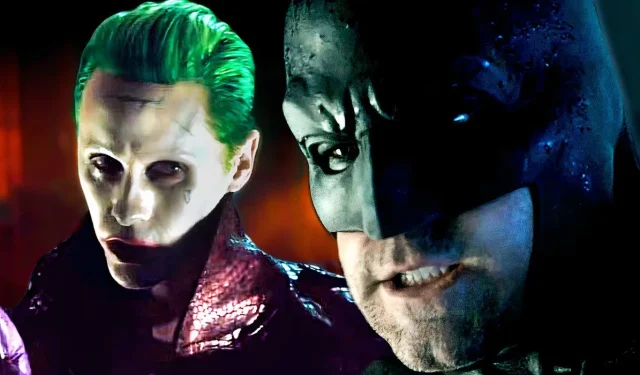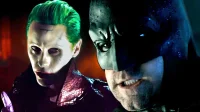A rather grim fan theory regarding the DCEU posits that Ben Affleck’s Batman may have been even more ruthless than the Joker off-screen, particularly before the events set in motion by Zack Snyder’s Batman v Superman: Dawn of Justice. This cinematic universe is notable for its early exploration of a wide array of heroes and villains, showcasing them in their prime. However, Batman’s narrative stands out as Affleck’s depiction of the Dark Knight comes after years of battling crime in Gotham City.
Affleck’s portrayal of Batman has stirred considerable debate among fans and critics alike. Throughout Batman v Superman, he is seen relentlessly pursuing Superman fueled by misplaced rage, and he doesn’t shy away from lethal force against criminals. While several iterations of the character have crossed the line into killing, Affleck’s version is particularly severe in his methods. Moreover, the DCEU hints that Batman’s darker history may be even more troubling than what the films reveal.
Ben Affleck’s Batman May Have Eliminated His Rogue Gallery Prior to Dawn of Justice
The DCEU’s Batman May Have Cracked Following Robin’s Death
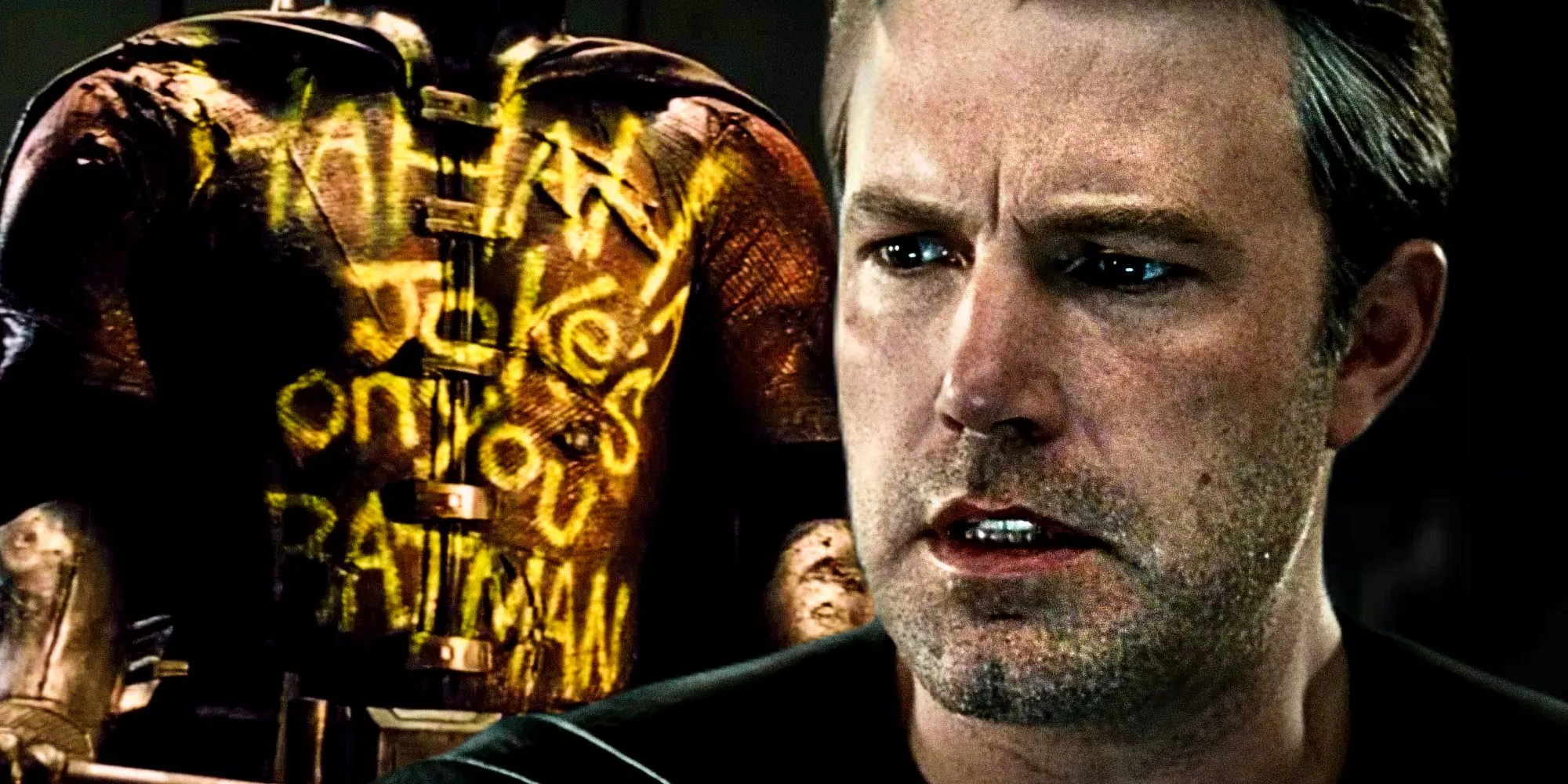
Batman v Superman: Dawn of Justice introduces a battle-hardened Bruce Wayne who resorts to lethal force and shows scant regard for his adversaries’ lives. For instance, he goes so far as to brand criminals with his symbol, showcasing his methodical descent into violence. As he prepares for his clash with Superman, it becomes evident that Bruce Wayne is still grappling with the traumatic loss of Robin at the hands of the Joker, a tragedy that likely propelled him towards abandoning his traditional “no-kill”principle. While the DCEU confirms that Batman kills lower-tier criminals, it raises the unsettling possibility that he may have done far worse to members of his rogue gallery prior to Superman’s arrival.
Notorious villains such as Mister Freeze, Bane, Poison Ivy, Two-Face, the Penguin, and Scarecrow could have been unsuspecting victims of a vengeful Dark Knight. In the wake of Robin’s murder, Batman might have unleashed his fury in a decisive manner, effectively ending his longstanding conflicts with several Gotham criminals. Fueled by rage, he may have resorted to lethal measures against any criminal that crossed his path—leaving many of his adversaries dead. Recognizing that such violent resolutions could complicate matters further, he might have opted to imprison remaining foes, including Killer Croc, Harley Quinn, and Deadshot at Arkham Asylum.
Batman’s mercy appears short-lived, particularly in light of the ominous Knightmare future showcased in Justice League. In an encounter with the Joker, the latter taunts Batman with memories of Robin’s demise, only to receive a chilling reminder that Harley Quinn “begged”for a slow death at Batman’s hands. This implies that Harley’s death occurs sometime between the present day of the Justice League and Batman’s failure to safeguard Lois Lane, which evidently leads to a catastrophic future.
Batman’s Compromised No-Kill Rule Highlights His Fear of Superman
Batman May Have Felt Threatened by Superman’s Invulnerability
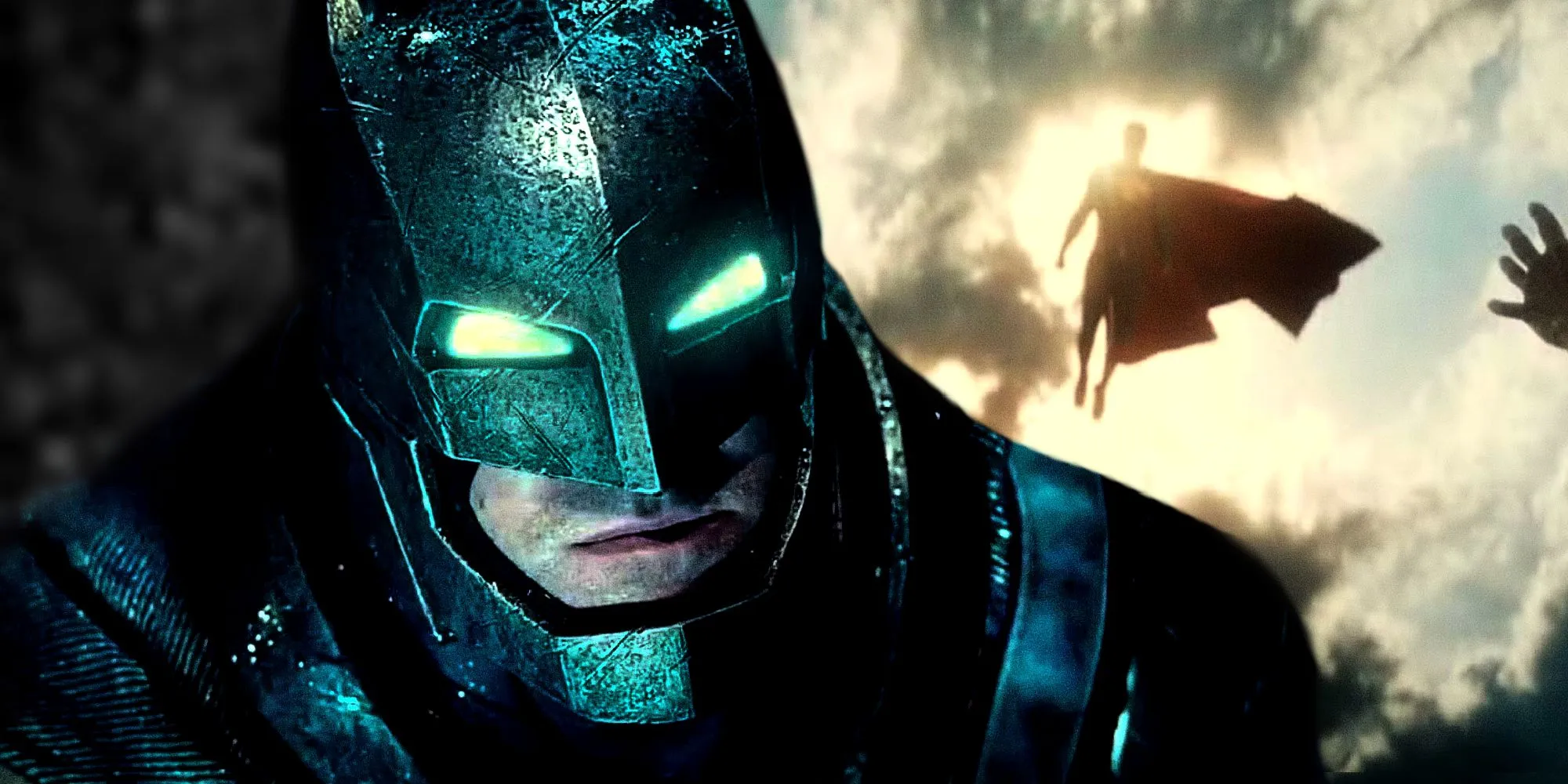
The opening scene of Batman v Superman: Dawn of Justice depicts Bruce Wayne witnessing the catastrophic Black Zero event in Metropolis firsthand. He is forced to confront the reality that Superman not only possesses unimaginable power but is also a potential threat to humankind. For a vigilante with a history of dealing with mortal foes, seeing an invincible opponent who defies conventional justice must be a profound blow to Batman’s sense of agency. If Batman truly eliminated many of his legendary foes before crossing paths with Superman, the appearance of a seemingly unassailable being could represent not just a challenge but an affront to his perceived justice.
Furthermore, there are implications regarding Batman’s willingness to resort to lethal measures in their confrontation. Absent of Lois Lane’s intervention and the now-iconic “Martha”line, Batman would likely have executed Superman using a Kryptonite spear without hesitation. This indication that he would kill Superman raises questions about his overall moral compass, leading one to wonder whether he would exercise similar brutality towards lesser villains like Victor Zsasz and Jonathan Crane following Robin’s grisly death.
In addition to Harley Quinn, Killer Croc, and the Joker, another well-known character who avoided a grisly fate at Batman’s hands is Deathstroke, who was teased in the post-credits for the Justice League’s Legion of Doom. Additionally, the Riddler was part of Zack Snyder’s broader plans for sequels, where Edward Nygma meets his end while uncovering Darkseid’s Anti-Life Equation.
The Snyderverse’s Notion of a Killer Batman Enhances a Scene in Justice League
Batman Likely Regrets Sparing the One Villain Who Influenced His Killing Ways
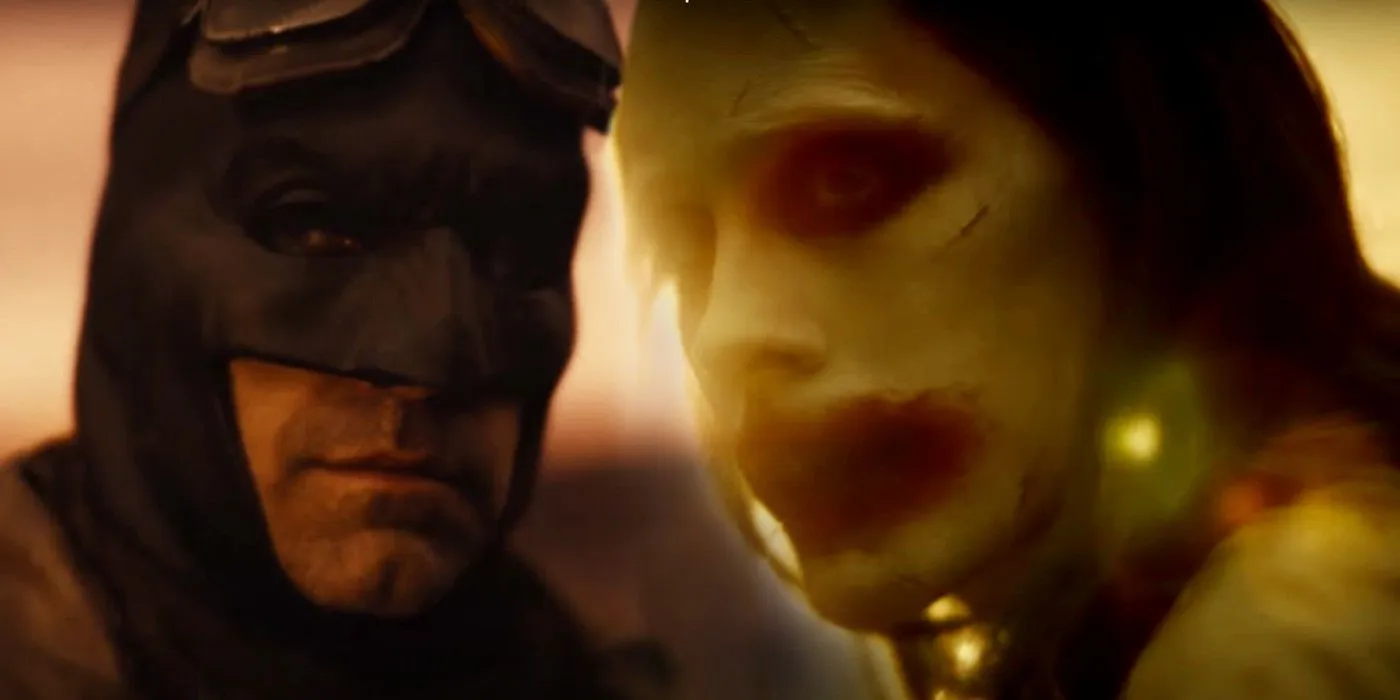
In the Knightmare sequence of Zack Snyder’s Justice League, Batman teams up with both the Joker and Deathstroke. This significant moment marks the first and only screen collaboration between Affleck’s Batman and Leto’s Joker, culminating in more than two decades of conflict that transpired off-screen. Beyond the inevitable tension that arises from this unusual alliance, the implication that Batman carried out the deaths of many of his other foes complicates their relationship further, particularly in the wake of Robin’s death. Faced with the weight of his choices, Batman’s decision not to kill the Joker stands out, as he now must share a battleground with someone who played a role in his darkest moments.
The creative vision underpinning Zack Snyder’s DCEU has roots in the Injustice comic universe, where Superman ultimately murders the Joker. Characters are often presented in grayer tones, with influences drawn from iconic story arcs like The Killing Joke, in which Batman grapples with the idea of killing the Joker. While the Snyderverse has maintained this dark narrative approach, it leaves the Joker unpunished, allowing Harley Quinn’s tragic death to serve as a complex emotional weapon against him.
Batman’s Compromised No-Kill Principle Renders Ben Affleck’s Dark Knight More Tragic
Batman Struggles to Fully Embrace His Role as a Superhero
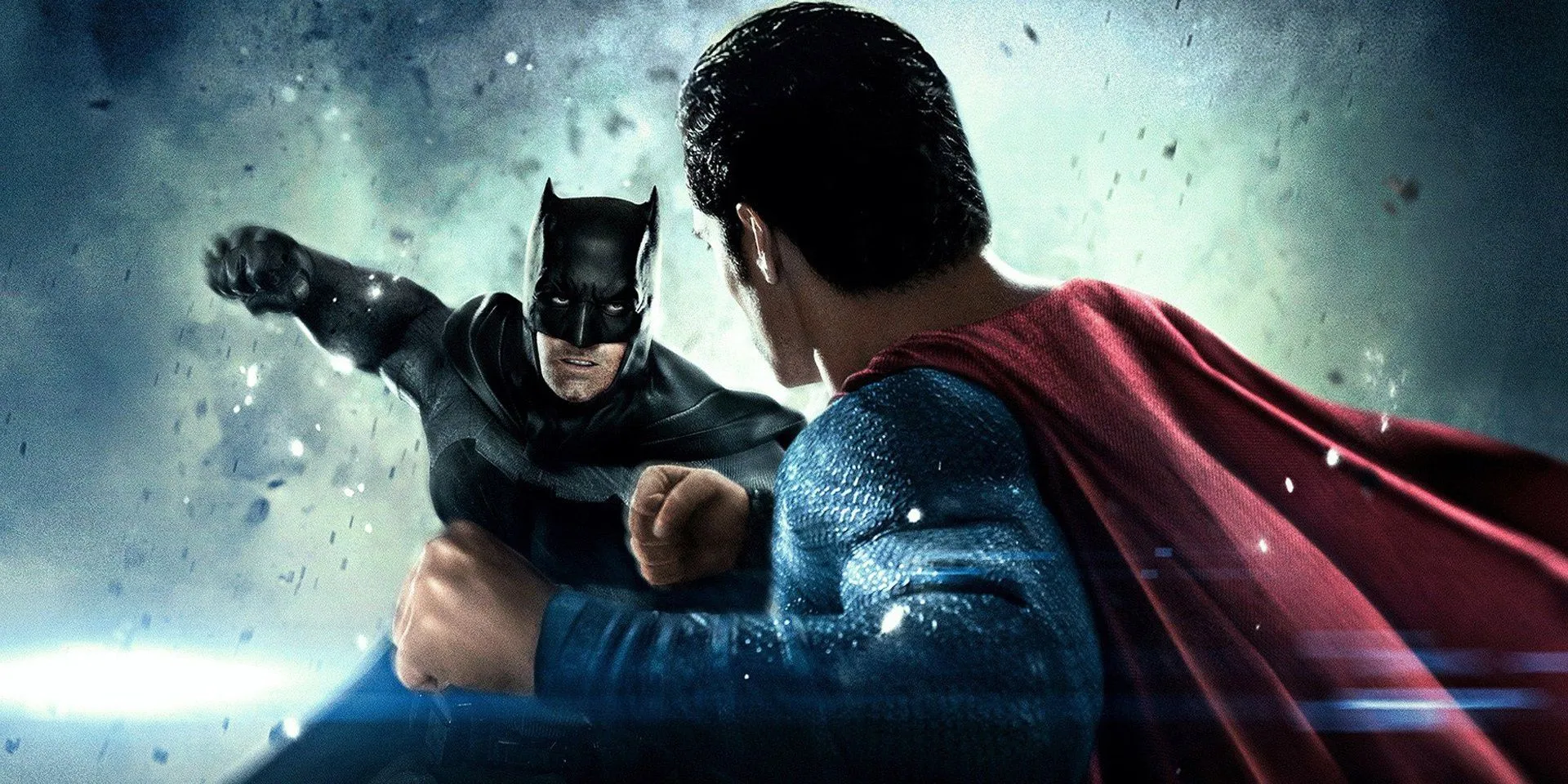
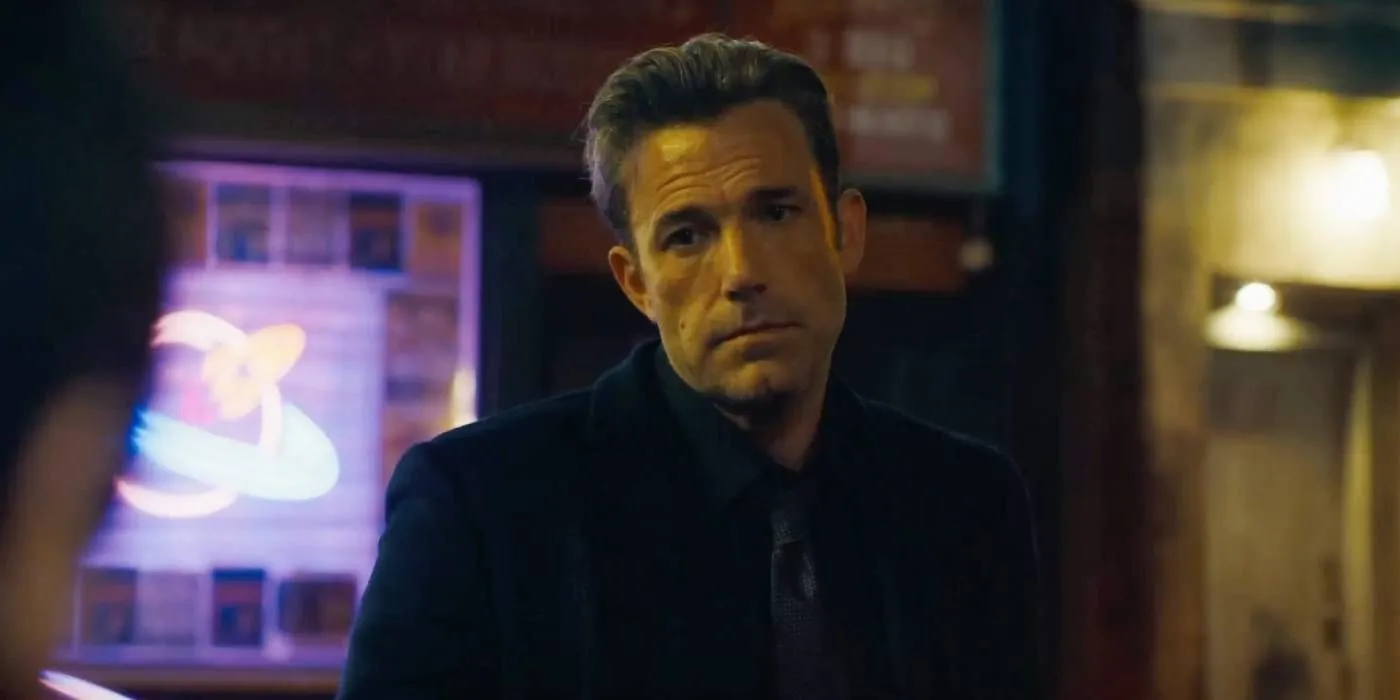
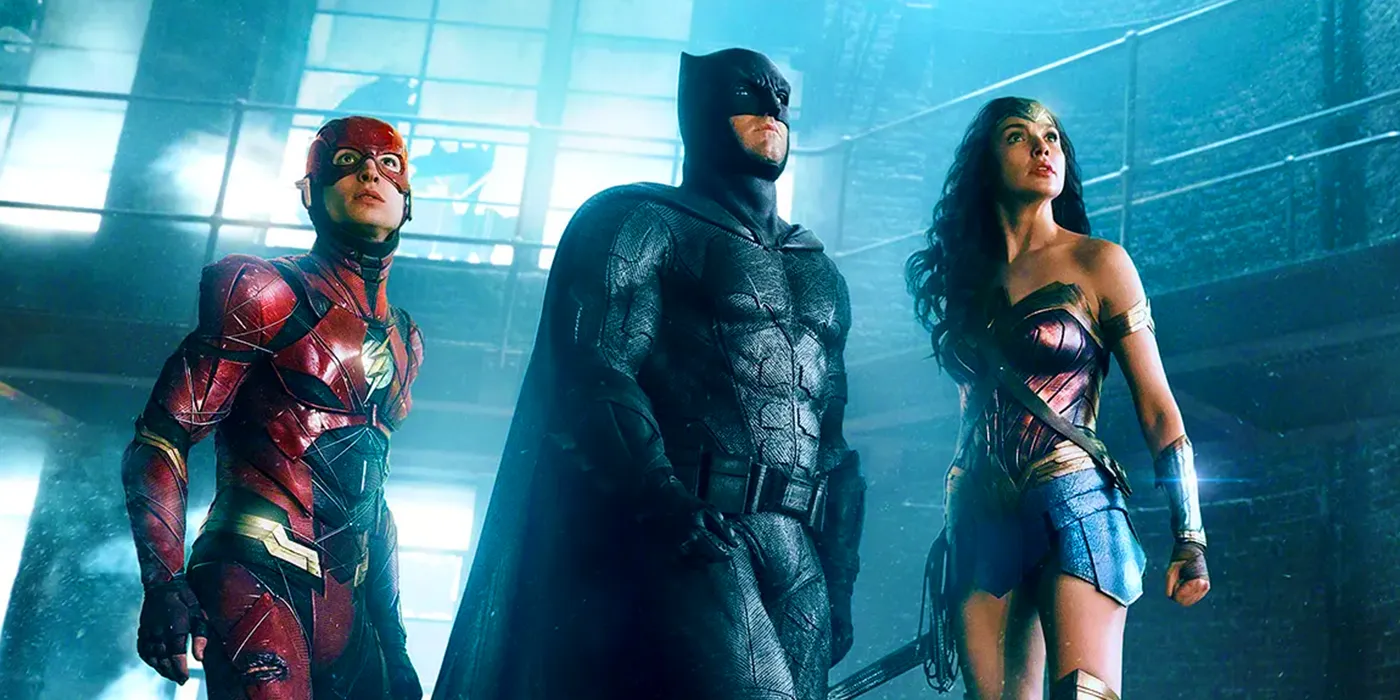
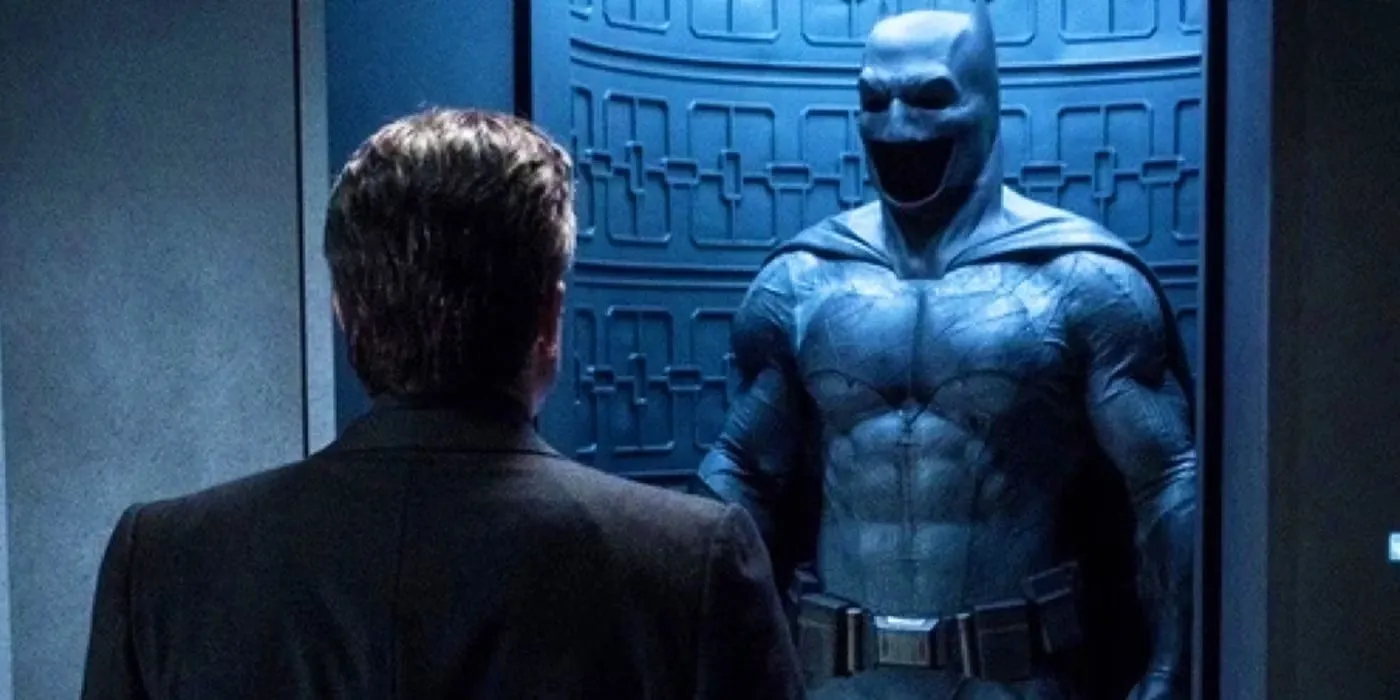
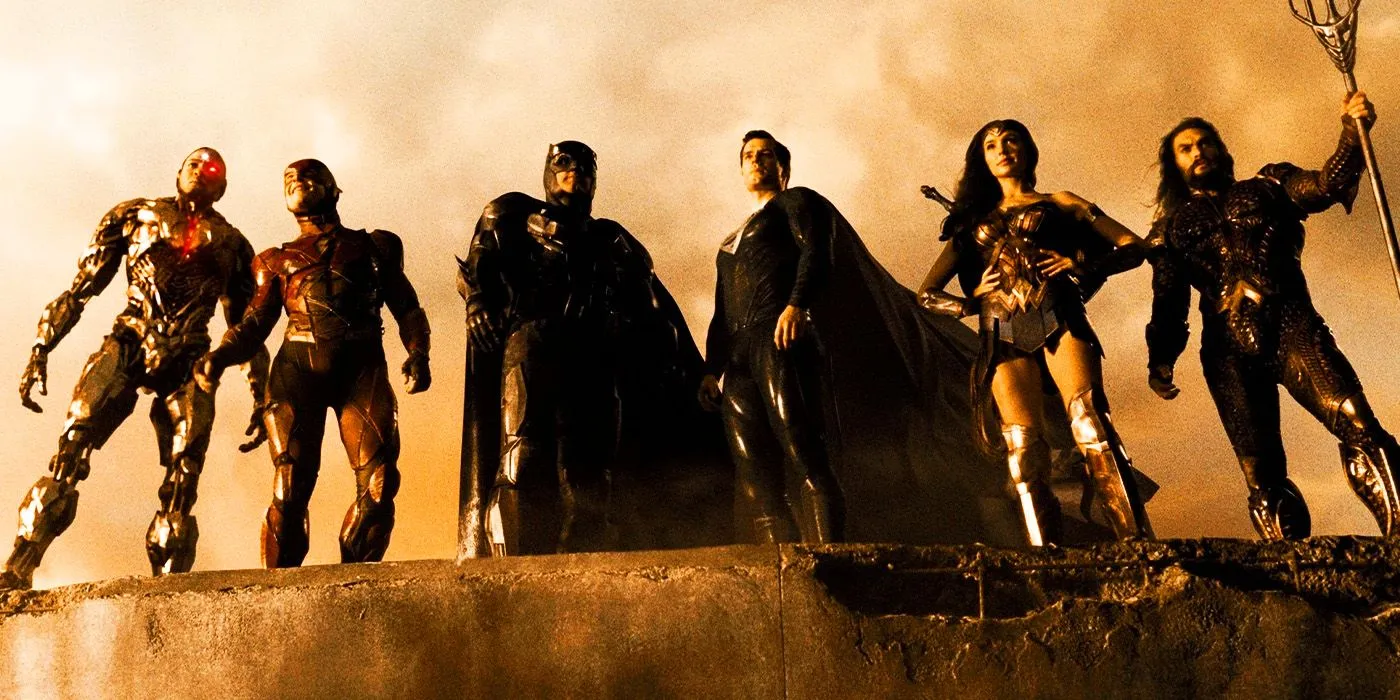
Throughout the DCEU, the majority of Batman’s arc unfolds after the devastating loss of Robin, a tragedy that leads him to forsake his once unwavering no-kill rule. The character transitions from a beacon of justice to a vessel of vengeance. This shift not only taints his role as a superhero destined to save the world but also marks the beginning of the end of his noble quest for justice. Following the formation of the Justice League, the stakes escalate when Superman falls victim to Darkseid’s malevolence, prompting Batman to devise a desperate plan that could cost him his life to rescue humanity.
